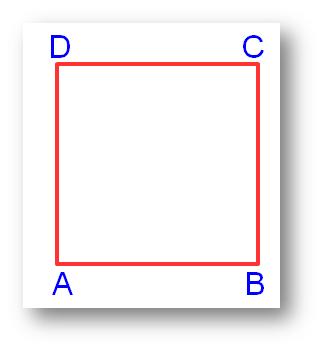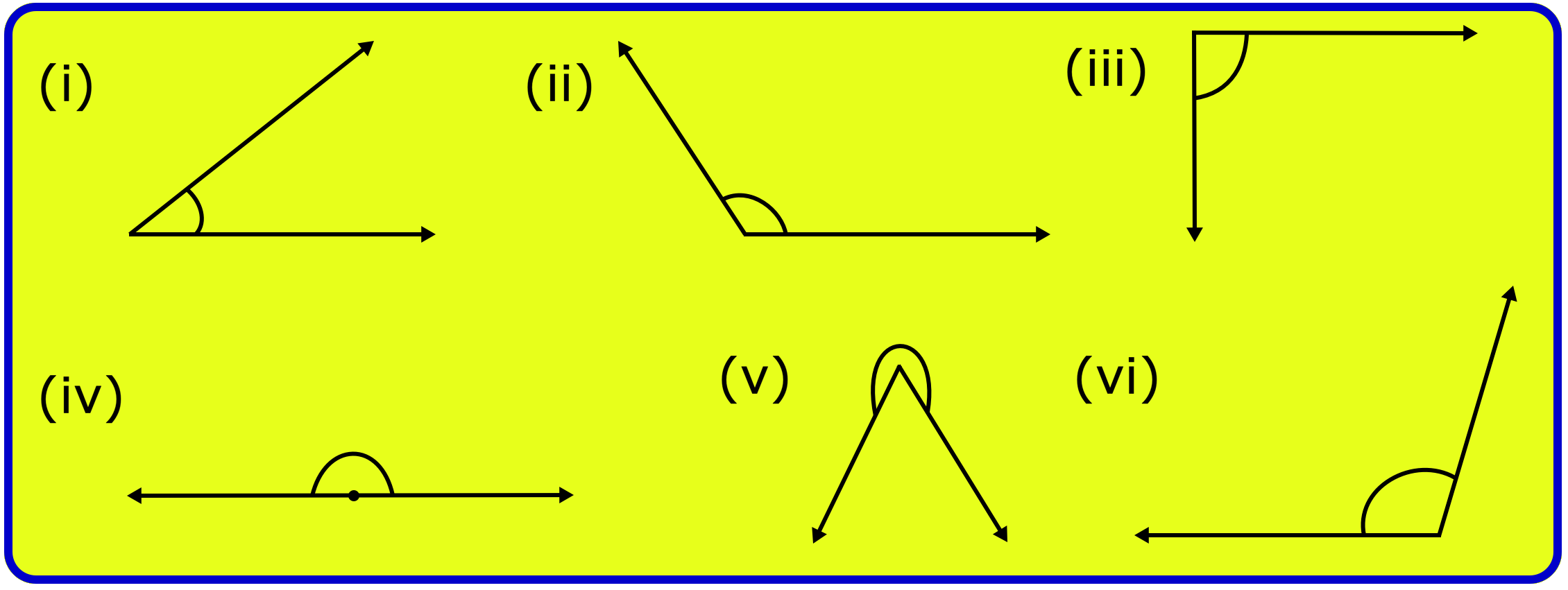Subscribe to our YouTube channel for the latest videos, updates, and tips.
Home | About Us | Contact Us | Privacy | Math Blog
Literal Numbers
Literal numbers are the letters which are used to represent a number.
The literal numbers are also known as literals. Literal numbers obey all the rules of addition, subtraction, multiplication and division of numbers. Thus,
a + b means b is added to a
a - b means b is subtracted from a
a × b means a is multiplied by b
a ÷ b means a is divided by b
Note:
In multiplication, sometimes dot ‘.’ is used instead of ‘×’. The sign ‘.’ or ‘×’ is generally omitted between a digit and a letter or between two or more letters.
For Example:
(i) 5 × a or 5∙a can be written as 5a.
(ii) 10 × p can be written as 10∙p or 10p.
(iii) a × b can be written as a∙b or ab.
(iv) 2 × a × b can be written as 2∙a∙b or 2ab.
(v) a × b × c can be written as a∙b∙c or abc.
(vi) x × y × z can be written as x∙y∙z or xyz.
(vii) 5 × l × m × n can be written as 5∙l∙m.n or 5lmn.
(viii) a × x × y × z can be written as a∙x∙y.z or axyz.
(xi) 10 × j × k × l × m can be written as 10.j.k.l.m or 10jklm.
(x) 1000 × x can be written as 1000.x or 1000x.
But ‘.’ or ‘×’ must never be omitted between the digits.
Thus, 3× 5 can be written as 3∙5, but 3×5 or 3∙5 can never be written as 35.
Now, let us consider the perimeter of a square. We know that the perimeter is equal to the sum of all sides of a square.
Therefore,
Perimeter of a square of side 5 units =(5 + 5 + 5 + 5) units
= 4 × 5 units
= 20 units
Similarly, perimeter of a square of side 10 units = (10 + 10 + 10 + 10) units
= 4 × 10 units
= 40 units
Perimeter of a square of side 20 units = (20 + 20 + 20 + 20) units
= 4 × 20 units
= 80 units and so on.
Thus, we observe that in each case the perimeter is four times the length of its sides. That is,
Perimeter = 4 ×(Length of the side)
If we represent perimeter by P, length of the sides by s, the above statement can be briefly written as
P= 4 × S
The result (or rule) is true for all the system of units and for all possible value of the lengths of the side of the square.
So, from the above discussion that the use of the letters to represent numbers helps us to build formula such as
P = 4 × s, i.e., Perimeter of a square = 4 × length of the side
x × 0 = 0
and, 1 × a = a
Here, P, s, x and a represent numbers.
Also, the use of letters to represent numbers helps to think in more
general terms. These letters are generally known as literals.
Important Note:
From now onwards unless, otherwise stated, instead of the saying ‘x represents a number’ we shall simply say ‘x is a number’.
Similarly, for ‘y represents a number’ we shall simply say ’y is a number’, and so on.
Properties of Multiplication of Literals
Algebra Page
6th Grade Page
From Literal Numbers to HOME PAGE
Didn't find what you were looking for? Or want to know more information about Math Only Math. Use this Google Search to find what you need.
Recent Articles
-
Quadrilaterals | Four Sided Polygon | Closed Figure | Adjoining Figure
Jul 14, 25 02:55 AM
Quadrilaterals are known as four sided polygon.What is a quadrilateral? A closed figure made of our line segments is called a quadrilateral. For example: -
Formation of Numbers | Smallest and Greatest Number| Number Formation
Jul 14, 25 01:53 AM
In formation of numbers we will learn the numbers having different numbers of digits. We know that: (i) Greatest number of one digit = 9, -
5th Grade Geometry Practice Test | Angle | Triangle | Circle |Free Ans
Jul 14, 25 01:53 AM
In 5th grade geometry practice test you will get different types of practice questions on lines, types of angle, triangles, properties of triangles, classification of triangles, construction of triang… -
5th Grade Circle Worksheet | Free Worksheet with Answer |Practice Math
Jul 11, 25 02:14 PM
In 5th Grade Circle Worksheet you will get different types of questions on parts of a circle, relation between radius and diameter, interior of a circle, exterior of a circle and construction of circl… -
Construction of a Circle | Working Rules | Step-by-step Explanation |
Jul 09, 25 01:29 AM
Construction of a Circle when the length of its Radius is given. Working Rules | Step I: Open the compass such that its pointer be put on initial point (i.e. O) of ruler / scale and the pencil-end be…
● Literal Numbers - Worksheets
Worksheet on Addition of Literals
Worksheet on Subtraction of Literals
Worksheet on Multiplication of Literals
Worksheet on Division of Literals





New! Comments
Have your say about what you just read! Leave me a comment in the box below. Ask a Question or Answer a Question.